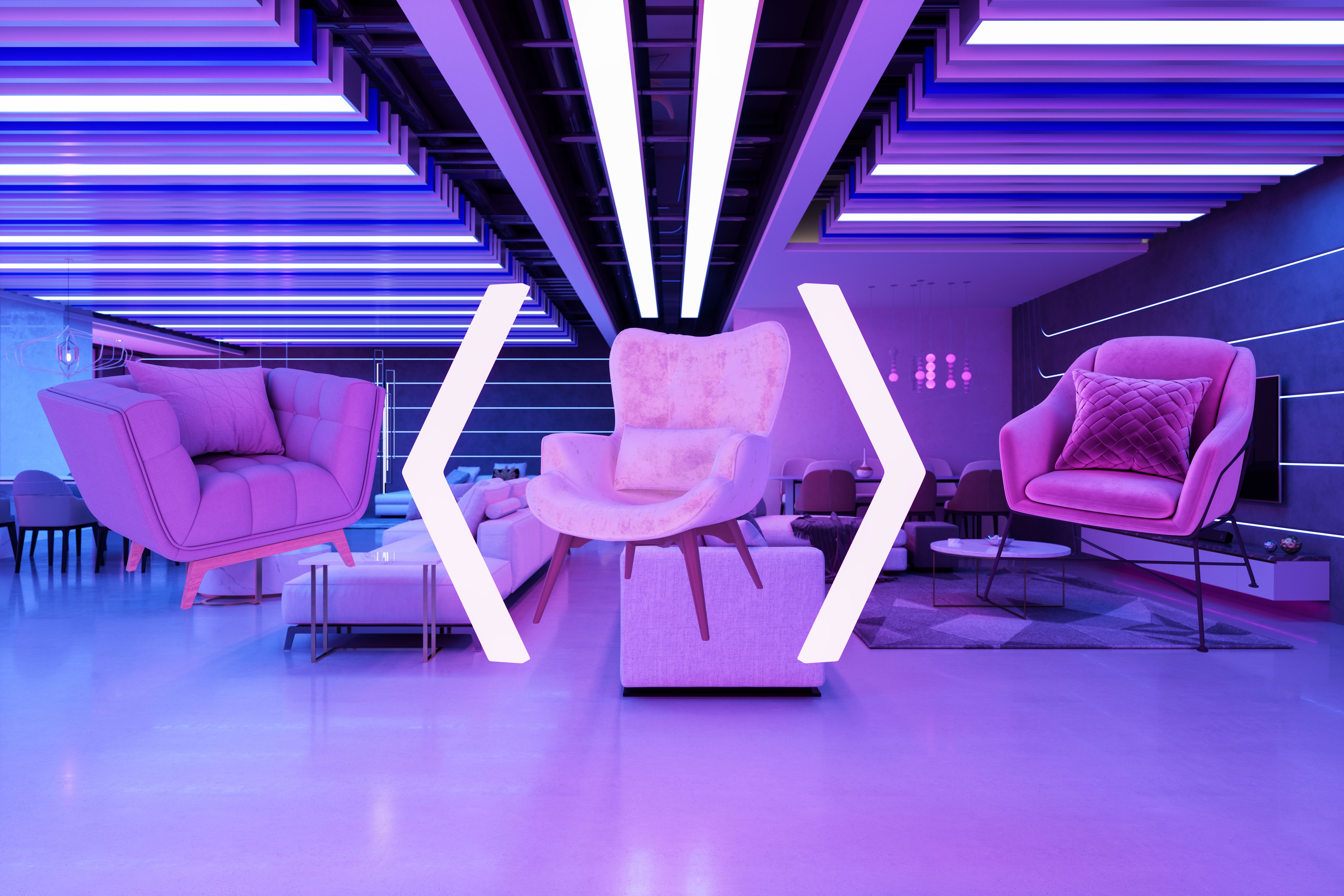Enhancing Furniture Sales with 3D Rendering Techniques
Revolutionizing the Furniture Industry with 3D Rendering
In today's digital age, the furniture industry is undergoing a transformation, driven by technological advancements. One such innovation is the use of 3D rendering techniques, which offer a dynamic way to enhance furniture sales. By harnessing the power of 3D rendering, furniture retailers can provide customers with an immersive shopping experience, bridging the gap between online and in-store shopping.

The Power of Visualization
3D rendering allows customers to visualize furniture pieces in a realistic and detailed manner. Unlike traditional 2D images, 3D renders show every angle, texture, and finish, enabling customers to have a comprehensive view of the product. This enhanced visualization helps in making informed purchasing decisions, reducing the uncertainty that often accompanies online furniture shopping.
Moreover, 3D rendering enables the creation of customizable and interactive models. Customers can change colors, materials, and configurations to see how different options would look in their space. This level of personalization enhances customer engagement and satisfaction, potentially increasing conversion rates.

Enhancing Online Shopping Experience
As e-commerce continues to grow, the competition among online furniture retailers becomes fiercer. Offering a superior online shopping experience is crucial for standing out. 3D rendering plays a pivotal role here by providing a lifelike representation of products that can be explored in virtual showrooms. These virtual environments allow customers to "walk through" spaces and visualize how different pieces of furniture fit together, making the shopping experience more intuitive and enjoyable.
This interactive approach not only attracts more visitors but also encourages them to spend more time on the site, ultimately leading to higher sales. By integrating 3D rendering into their websites, retailers can offer an unparalleled digital experience that rivals physical stores.

Reducing Return Rates
One of the significant challenges in the furniture industry is managing return rates. Often, customers return items because they do not match their expectations or fit as imagined. With 3D rendering, customers can accurately gauge the size and appearance of furniture in their own space before making a purchase. This accurate representation reduces the probability of returns, saving both time and resources for businesses.
Cost-Effective Marketing Solutions
In addition to improving sales conversion rates and reducing returns, 3D rendering offers cost-effective marketing solutions. Creating high-quality images and videos through traditional photoshoots can be costly and time-consuming. However, with 3D rendering, businesses can generate a wide array of marketing materials quickly and efficiently. These can be used across various platforms, from social media to television commercials, allowing for a consistent and engaging brand presence.

Future Prospects in Furniture Sales
The future of furniture sales lies in embracing technology and innovation. As augmented reality (AR) and virtual reality (VR) continue to evolve, the integration of these technologies with 3D rendering will further revolutionize the industry. Customers will be able to use AR apps to place virtual furniture in their homes or explore entire VR showrooms from the comfort of their living rooms.
By adopting these cutting-edge technologies, furniture retailers can not only meet current consumer demands but also anticipate future trends. This proactive approach will ensure sustained growth and success in an ever-changing market.
